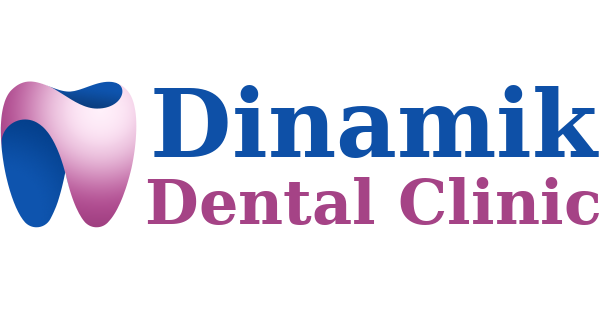Plaque is a sticky, colorless film of bacteria that constantly forms on the teeth and gums. It develops when food particles, especially those containing sugars and starches, combine with bacteria already present in the mouth. Plaque can lead to tooth decay, gum disease, and bad breath if not properly managed. In this article, we will explain how plaque forms and the steps you can take to control it.
What Causes Plaque Formation?
Plaque begins to form on your teeth within minutes of eating or drinking. Sugars and starches in the food you consume mix with the bacteria in your mouth, producing acids that create plaque. Here are some common factors that contribute to plaque buildup:
- Sugary Foods and Beverages: Sugary snacks, sodas, and candies are the primary culprits in plaque formation. The sugars in these foods feed bacteria, allowing them to thrive and produce harmful acids.
- Poor Oral Hygiene: Not brushing and flossing regularly allows plaque to accumulate and harden on your teeth.
- Dry Mouth: A lack of saliva can contribute to plaque buildup. Saliva helps wash away food particles and bacteria, so a dry mouth increases the risk of plaque.
- Acidic Foods and Drinks: Foods and beverages like citrus fruits, wine, and coffee can erode the enamel and make teeth more susceptible to plaque formation.
How Does Plaque Harm Your Teeth and Gums?
If not removed regularly, plaque hardens into tartar (also known as calculus), which can only be removed by a dental professional. Both plaque and tartar can cause a range of oral health problems:
- Tooth Decay: The acids produced by plaque erode the tooth enamel, leading to cavities.
- Gum Disease: Plaque buildup along the gum line can irritate the gums, causing gingivitis (early gum disease) or, if untreated, more severe periodontitis.
- Bad Breath: The bacteria in plaque can cause chronic bad breath (halitosis).
- Tooth Sensitivity: As plaque erodes enamel, the teeth may become more sensitive to hot, cold, or sweet foods and drinks.
How to Prevent Plaque Formation
Preventing plaque is an essential part of maintaining good oral hygiene. Here are some effective strategies to help control plaque formation:
- Brush Your Teeth Twice a Day Brushing your teeth at least twice a day with a fluoride toothpaste is the best way to remove plaque from the surface of your teeth. Make sure to brush for two minutes, paying special attention to the gum line and hard-to-reach areas.
- Floss Daily Flossing removes food particles and plaque between the teeth and along the gum line that a toothbrush cannot reach. Daily flossing prevents plaque from hardening into tartar and helps protect your gums.
- Use an Antibacterial Mouthwash An antibacterial mouthwash can help kill plaque-causing bacteria and reduce plaque buildup. It also freshens breath and keeps your mouth feeling clean.
- Limit Sugary and Starchy Foods Reducing your intake of sugary and starchy foods can minimize the amount of plaque produced in your mouth. When you do consume these foods, try to brush your teeth shortly after eating to reduce plaque buildup.
- Stay Hydrated Drinking plenty of water throughout the day helps wash away food particles and bacteria that contribute to plaque. It also keeps your mouth moist and promotes the production of saliva, which naturally protects your teeth from plaque.
- Visit Your Dentist Regularly Regular dental checkups and cleanings are essential for removing tartar and ensuring that plaque does not cause further damage to your teeth and gums. Your dentist can also recommend treatments to help reduce plaque and protect your oral health.
Plaque is a common oral health issue that can lead to serious problems if left unchecked. By maintaining a consistent oral hygiene routine—brushing, flossing, using mouthwash, and visiting your dentist regularly—you can keep plaque under control and protect your teeth and gums from its harmful effects. Remember, preventing plaque formation is key to preserving a healthy and beautiful smile.
